Vermouth is an aromatized wine, drunk neat or combined in cocktails with other alcoholic drinks. To aromatize it, seeds, roots and flowers of different herbs are used, as well as fruits. Normally, plants such as wormwood, yarrow, elder, mint and others are associated with vermouth. As far as spices, cinnamon, nutmeg, vanilla and cardamom play a key role.
In addition they use the bark of cinchona. Elder flowers in combination with lemon rind are also not to be ignored when talking about vermouth production. Producers also use rosemary, cloves and St. John's wort. The main manufacturers of the aromatized wine are France, Italy and Spain. Other countries that make smaller quantities of vermouth include Argentina, the US, Holland, Germany, Hungary, Czech Republic, Moldova, Russia.
History of Vermouth
According to historians, vermouth has a much older history than most people may realize; it likely appeared as early as antiquity. A legend states that the recipe for its prototype was the work of Hippocrates, the father of medicine, who combined some of its components in the 5th century BC.
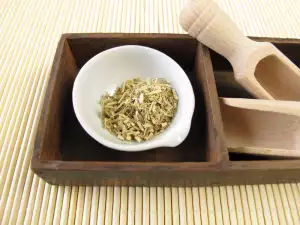
Otherwise, vermouth as we know it today is considered to come from Italy. The lands surrounding Turin are known for their rich fertile soil. Grapes of unbelievable quality thrive there, ones that are used in the production of all kinds of wines. Not far from there one can find aromatic and valued herbs, which are eventually turned into an ideal addition to the grapes. Four centuries ago, vermouth was not that common and knowledge of it was scarce.
According to some sources, back then an Italian man offered the Bavarian ruler the unknown-until-then wine of Hippocrates. The king took a special liking to it, which was why it became popular later. The people began calling it Wermut wein, which translated from German literally means sparkling wine. And so, the wine that was produced in Italy became world-famous with a German name. The 1st factory for the production of the aromatized wine was built in Turin during the 2nd half of the 18th century. Initially the wine was made only from white wines but eventually they allowed others as well.
Production of Vermouth
Today, vermouth is made from white, red and pink grape varieties. A base wine is needed to produce it. In fact, it makes up about 80% of the drink's volume. Then they use a vegetable extract, pure alcohol and sugar syrup. Caramel can be added as well, as long as the final intended result is a red vermouth. Afterwards, specially selected herbs are dried and turned to powder. Subsequently, they, along with the already mentioned components are placed in large wooden vats.
This mixture is left to sit for about 3 weeks. The next step is to cool and filter the liquid. Then, it is left to age - usually about 2 months to a year. Once this period elapses it's time for pasteurization. This process slightly dulls the scent of the wine but boosts its taste and provides it with an exotic edge. Finally, the liquid is bottled.
Types of Vermouth
The distinct trait of vermouth is its wormwood taste, expertly combined with nuances of other herbs. This provides a certain level of acerbity to the drink, but finesse as well. There are 5 main types of vermouth. The first is the so-called dry vermouth, where the sugar content comes out to no more than 4%.
The second type is known as white vermouth. In it, the sugar content is 3 times higher. Red vermouth is also popular, where the sugar content exceeds 15%. There is also pink vermouth, something like a mix between white and red vermouth. The last type is the so-called bitter vermouth, a bitter aromatized wine.

Serving and Storing Vermouth
Choosing an appropriate drink is of great importance when you want to make a good impression on your guests. If you have a bottle of vermouth, know that the rule is to serve the aromatized wine before meals, the idea being to stimulate your appetite. The normal dose is 2/5 cup (100 g).
Dry vermouth can be served slightly cooled. According to some fans of the alcohol, standalone vermouth needs to be drunk in a whiskey glass, filled only 1/3. When serving, add ice. When combined with other drinks, the wine needs to be poured into a triangular drinking glass. When serving vermouth after a meal it can be combined with fruits.
Consider not only the serving of vermouth but its storage as well. If the bottle of alcohol is left open for a time, it will be deprived of its taste qualities. If the bottle is not so full anymore it wouldn't be a mistake to transfer it to a container with a smaller volume.
Cooking with Vermouth
Vermouth is an important part of many cocktails, most famous among them being the martini. And just as a reminder, the drink so beloved by many folks consists of gin and vermouth. Sweet vermouth can be combined with vodka, brandy, whiskey or cognac. Adding lemon or orange juice is also recommended. And since vermouth makes such a fine addition to fruits, it manages to find a spot in the kitchen too.

The aromatized wine has proven to be an excellent flavor enhancer of fruit salads that are made with citruses, as well as other fruits. In fact, some chefs use small amounts of the wine to aromatize various baked goods, such as cakes and biscuits. Other use it to season steaks from veal or pork meat. If you are among those who love dishes with chicken giblets, you can add an exotic tinge to one with 3 1/3 tbsp (50 g) of vermouth.
Benefits of Vermouth
Vermouth possesses a range of health benefits. It is not just an alcoholic drink that helps set a good mood for a group of friends. Even as far back as in ancient Greece, it was used as an antiseptic. The drink improves digestion and stimulates appetite, which is why it's highly recommended for people suffering from a lack of appetite.
It also turns out that when combined with other medicinal treatments, the aromatized wine is capable of healing certain gastrointestinal problems. According to folk medicine, a mixture of honey and warmed vermouth helps relieve sore throat. This same concoction is recommended for cough and runny nose.
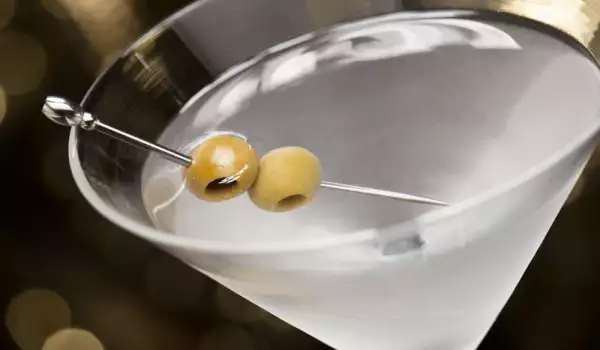
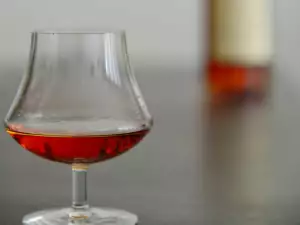



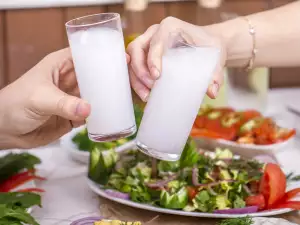



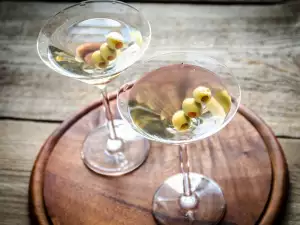
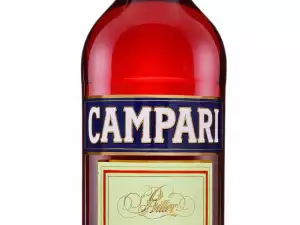
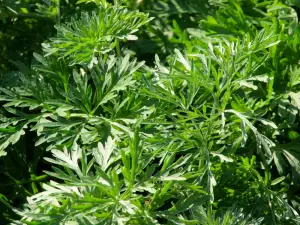
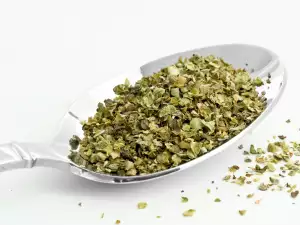







Comments